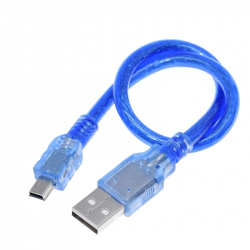Dupa plasarea solicitării de comandă, in sectiunea Istoric puteti vedea cate solicitări de comandă mai avem de procesat inaintea dumneavoastra
Program de lucru: Luni - Vineri 9:00 - 18:00, pauza 13:00 - 14:00.
Se efectueaza lucrari de mentenanta la site si pot aparea erori. In cazul in care intampinati erori va rugam sa reincercati mai tarziu.
Ridicarea personala este disponibila pentru comenzile achitate in avans. Se pot ridica dupa ce sunt pregatite.
No products
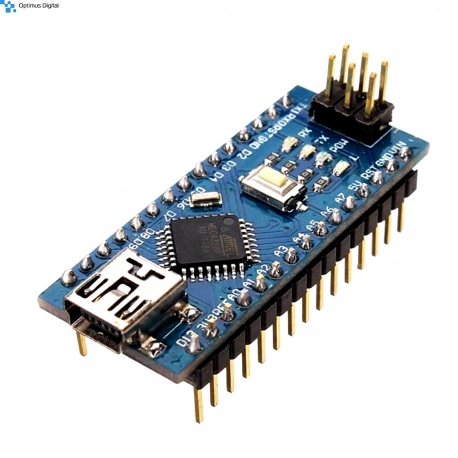 View larger
View larger
Development Board Arduino Nano Compatible (ATmega328p + CH340)
0104110000017000
New product
Development board compatible with the Arduino Nano, based on the ATmega328P microcontroller and the CH340 serial USB converter.
See description for more details about the product.
Add to cart now!
2614 Items
- Remove this product from my favorite's list.
- Add this product to my list of favorites.
Accessories
Must-have Accessories
More info
Technical specifications
- Power supply voltage: 5 V;
- Supply voltage supported by limiter: 7 V - 12 V
- Pines I / O: 14
- PWM pins: 6 (out of 14 I / O)
- ADC pins: 8 (out of 14 I / O)
- Flash memory: 32 kB / 16 kB (2 kB used by bootloader)
- I / O pin current: 40 mA / pin
- TWI, SPI and UART communication
- Operating frequency: 16 MHz
- Dimensions: 45 mm x 18 mm
The development board is equipped with the same powerful micro-controller (ATmega328p) on the Arduino Uno. Its advantage is represented by its very small size, which can be integrated into various projects where the space of the components is limited. Device programming is done via a USB cable, without the need for a special programmer because a bootloader is installed.
It is ideal for small projects and has the advantage of being programmable via USB.
Be sure to install the CH340 CIP driver (attached at the bottom of the page) before use.
Instructions for use
1. Install the Arduino IDE development environment.
Arduino IDE is available for free on the official website and can be downloaded by accessing this link. This program is compatible with most development systems (Linux, Mac OS X and Windows).
For Windows or Mac OS X you must install the CH340 CIP driver. If you are using Linux, you do not have to install this driver because it is included in the operating system.
2. Configure the development environment for use with the development board.
Open the "INSTRUMENTS" tab and select the "Arduino Nano" development board. Now select the type of processor "ATmega328P".
3. Creating the code.
After you install Arduino IDE, you can write the first program for the development board. The programming language used is C ++ (slightly modified).
The code is based on two main functions:
- "Void setup ()" function: This runs only once when the development board is started. Usually, this function is used to initialize pins (such as INPUT or OUTPUT) or to start serial communication ("Serial.begin");
- "Void loop ()" function: This runs endlessly until the board is switched off. This feature is usually useful for reading measured data from various sensors attached to the development board or for updating data on an LCD screen.
After you have written the program or opened one of the File -> Examples, press the "Check" button or the CTRL + R shortcut to compile the code. If the code is free of syntax errors, the text "Compilation completed" should appear at the bottom. In the case of a contract, an error message will appear that should help correct the error.
In the image attached below you can see an example of a "Blink" code that was successfully compiled.

4. Connect the development board and upload the code.
Connect the board to the computer via a USB cable. After you have connected the board, open the "INSTRUMENTS" tab and select the port to which the device is connected.
Press the "Upload" button or CTRL + U shortcut to upload the code to the development board. After you finish writing the code in the memory of the board, you will receive a confirmation message that there were no problems. Otherwise, the upload is stopped and details about the issues will be displayed.
5. Attach the sensors.
The board is compatible with the Arduino Nano, so any sensor for the Arduino Nano can be used with this product.
CAREFUL!!! Be careful not to connect components that consume too much power because you risk breaking the board. Also, observe the polarity of the sensors so as not to destroy them.
In the image attached below you can see the map of the pines. This is useful when you need to use special pins, such as PWM, ADC, SDA, SCL, etc.

Don't delay, buy today.
Add to cart now!
Reviews
Probleme
Daca nu il poti programa din arduino IDE. Incearca sa instalezi usb dirver-ul de arduino chinezesc, altfel nu il va vedea in sectiunea de serial din arduino ide.
Realimentare stoc
Buna ziua
Cand se realimenteaza stocul? Eu folosesc produsul acesta de la dumneavoastra si sunt foarte multumit. Cand mai aduceti?
- 6 out of 6 people found this review useful.
Foarte buna
La Arduino IDE 1.8.6. - setati Tools, Processor: ATmega328 (Old Bootloader)
- 42 out of 42 people found this review useful.
Foarte buna
Mica si totusi cu multe iesiri. Ideala pentru o gramada de proiecte.
- 15 out of 21 people found this review useful.
Accessories
Customers who bought this product also bought:
-
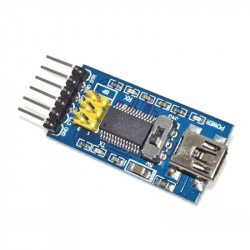
Basic...
Basic Program Downloader Module from USB to TTL
$2.64
-
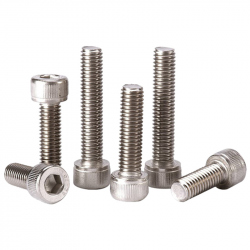
M3x40 mm...
The hex socket head cap screws are manufactured...
$0.29
-
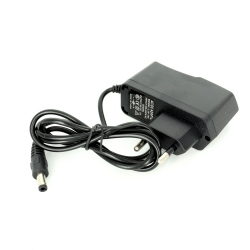
DC Power...
This is a DC power adapter that you can use to...
$2.40
-
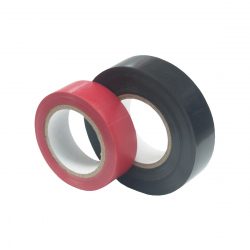
Insulating...
Insulating Tape PVC See description for more...
$0.51
-
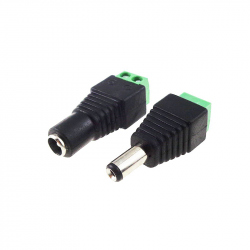
DC-DC...
DC-DC Connector Pair See description for more...
$0.60
-
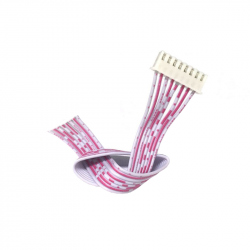
XH2.54...
XH2.54 Single Head Cable 8p See description...
$0.48
-
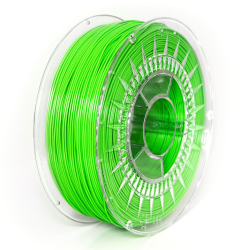
Devil Design...
Filament PLA - thermoplastic polyester in the...
$22.80
-
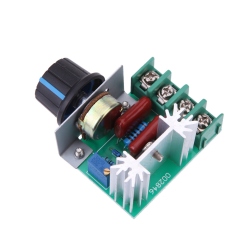
2000 W Triac...
This module can control a maximum power of 2000...
$4.80
-
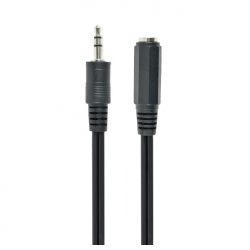
3.5 mm...
3.5 mm Stereo Audio Extension Cable, 1.5 m See...
$0.67
-
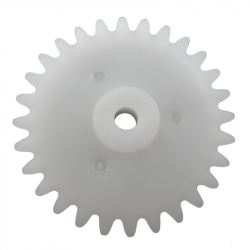
34-2A Gear
34-2A Gear
$0.26




